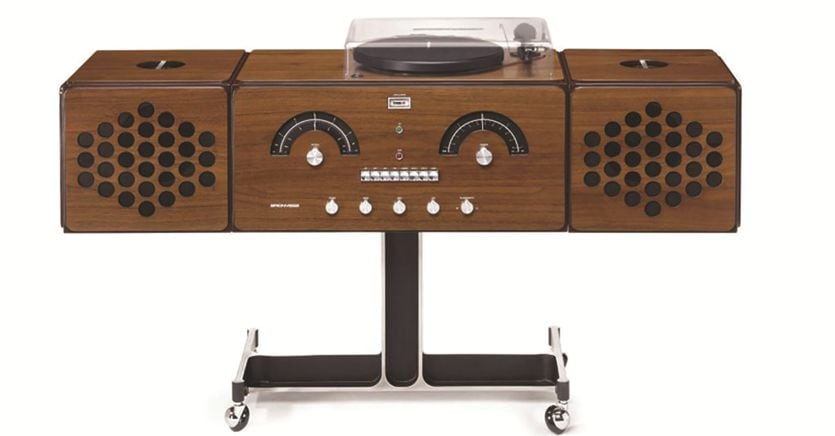No, probably a ranking of the icons of Italian design would not make sense. Perhaps it could be remedied, just for the spirit of the game, with a paracalcistic formation: but obviously the number would be too small and the exclusions and preferences would be assigned by each coach, that is, each lover, or critic, of design. Shall we do the test? Here is a list, jotted down like this at the footprint: Arco, Eclisse, Parentesi; Bialetti coffee maker, Tratto Clip, Proust armchair; Ptolemy, Superleggera, Atoll; Lambretta, Nesso: no no no, it can’t go well, you will say shaking your head. And where is the 500 by Dante Giacosa, where the Tonietta di Mari, the cube ashtray by Munari, the Lettera 22 by Nizzoli, the Radio Cubo Brionvega by Zanuso and Sapper, or that other futuristic wonder (still today) of the Castiglioni radio . Not to mention the Valentine. And, by the way: and Ultrafragola, and Moscardino, and Snoopy? And the Riva motorboats, the Lamborghini Miura, the Vespa?
The fact is that Italian design, a unique and probably unrepeatable system, which in a few golden decades has managed to blend industry and aesthetics, form and function, unscrupulous vision and firm anchoring to tradition, progress in materials and ideas and craftsmanship and style in the way of life, has provided (to the whole world, certainly not only to the beautiful country) a quantity of objects and ideas that remains astounding and almost embarrassing, for variety, quality, originality. And we are not just talking about objects that “are born” with the vocation of “being of design” (many of the icons mentioned above are often a self-fulfilling prophecy: it becomes an icon because it is born out of design, ambition to break, tension between beauty and useful, an example that immediately comes to mind, the Cactus coat hanger by Gufram) but also of those who become, as it were, in spite of themselves: from the aforementioned coffee pot, to the Zenith stapler, up to the anonymous ; Alberto Bassi had dedicated a beautiful book to the subject) clothes peg. Italian design production is the true face of our best creativity, style and industry, indeed “art that falls in love with industry”, like Gio Ponti (perhaps theur-designer of the whole group that would later follow, certainly more specialized than him) had predicted and just think, to say, of the bottle of Campari signed by Depero to have an immediate response.
Loading…
Nevertheless. Yet, even visiting the recently opened museum of the Compasso d’Oro (the award that since 1954 has been responsible for pointing out the best production in all fields of design) in Milan, one thing is essential. «Objects must keep company» said Castiglioni: and many of those we see here squadernated – complete with planning phases to make us understand the density of ideas that clump together around an object – have done so. For entire phases of our life: decades that constitute a visual, sensorial and obviously everyday “landscape” that describe come we have been Italians and how these objects have characterized our existence. Well, one thing that catches the eye when looking at these objects is their date.
And the phenomenon that arises is that of the difficulty, for the design products closest to us over time, to become icons. What does it mean? A very attentive reader of Italian design, Chiara Alessi, coming from that industrial dynasty that has shaped the daily life of millions of Italians in the last century, had already tried to answer in a brilliant pamphlet some time ago, The coffee pots of my great grandparents (Utet). The reasons are many and have to do with the changed reality of our daily scenario, in which the relationship with objects is increasingly mediated by digital “presences”, as if the image were enough to satisfy the company of objects. We are, as the philosopher Douglas Rushkoff said, constantly immersed in a continuous present: a dimension where space and time, past and future have disappeared or compressed: and this implies that the design tension of the characters of the past in the “attempt” to imagine the future both as braking.
You live in an eternal moment, made up of images, writings, ideas, perhaps even interesting or brilliant sensations that are continually overwhelmed by images, writings, ideas. In a social universe, icons are lacking, perhaps, because there is no time – it is true – to stop and contemplate them, which is exactly their premise. And it is a discourse that is valid not only for Italian design, but for any aspect of our contemporaneity.
